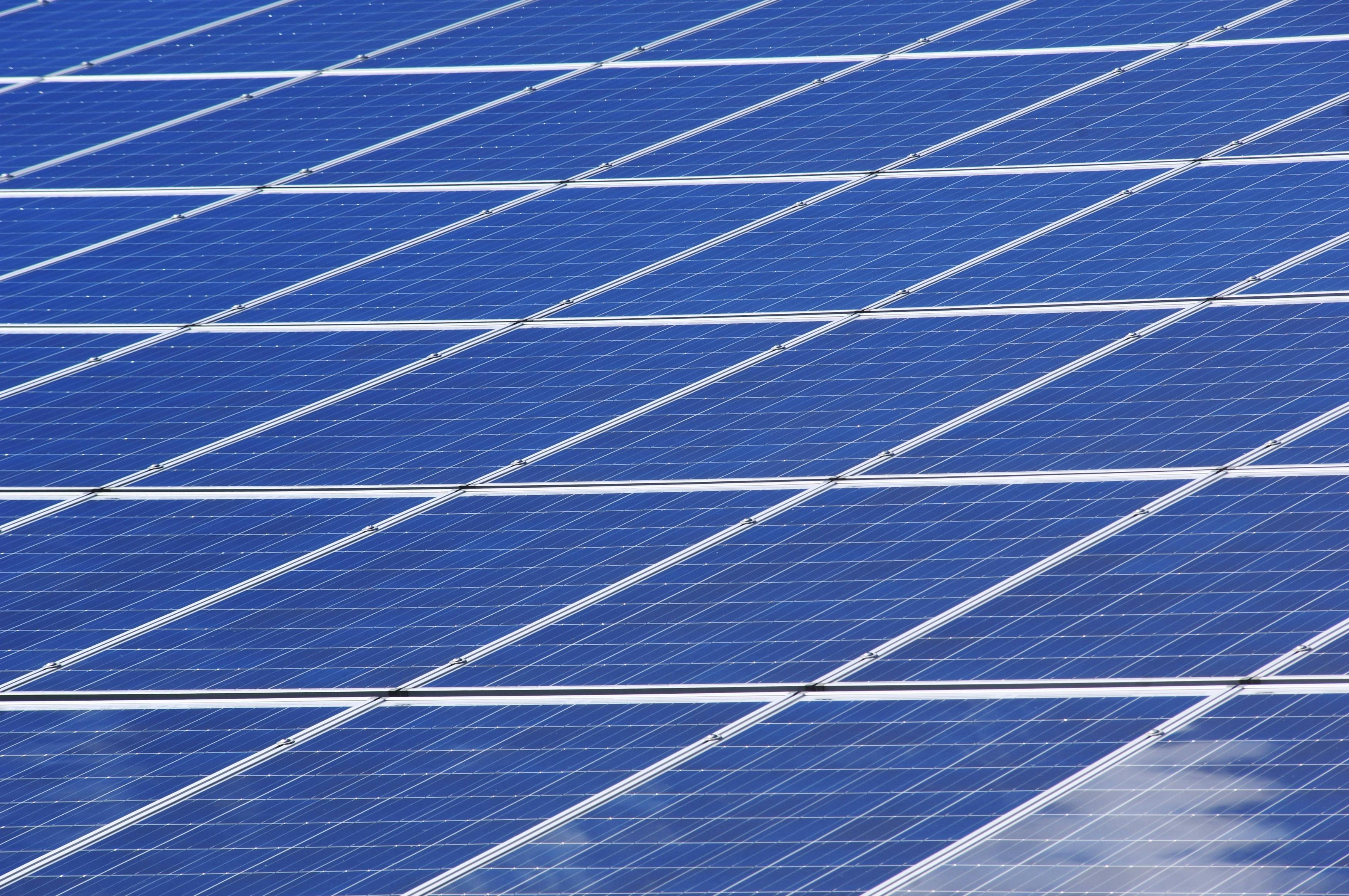Learn more about solar panel kits
Solar panel kits provide a comprehensive solution for homeowners seeking to harness renewable energy and reduce their electricity bills. These complete packages include solar panels, inverters, mounting hardware, and wiring components needed for installation. Understanding the components, benefits, and considerations of solar kits helps you make informed decisions about transitioning to clean energy for your property.

Solar panel kits have emerged as an accessible entry point for homeowners interested in renewable energy solutions. These comprehensive packages contain all essential components needed to generate electricity from sunlight, making the transition to solar power more straightforward than purchasing individual components separately.
Discover the benefits of solar energy
Solar energy offers numerous advantages for residential properties. The most immediate benefit is reduced electricity bills, as solar panels generate free power from sunlight throughout their 25-30 year lifespan. Environmental benefits include zero emissions during operation and reduced dependence on fossil fuels. Solar installations also increase property values, with studies showing homes with solar systems sell for approximately 4% more than comparable properties without solar. Additionally, various federal and state incentives can significantly reduce the initial investment cost, making solar energy increasingly affordable for average households.
Explore affordable solar panel options
Solar panel kits come in various price ranges to accommodate different budgets and energy needs. Entry-level kits suitable for small cabins or RVs start around $200-500 and typically include 100-400 watts of solar capacity. Mid-range residential kits for partial home power range from $3,000-8,000 and provide 2-5 kilowatts of generation capacity. Complete home solar kits capable of meeting full household energy needs range from $10,000-25,000 before incentives. The cost per watt has decreased significantly over the past decade, making solar more accessible than ever before.
Understand how solar kits work
Solar panel kits operate through photovoltaic technology that converts sunlight directly into electricity. Solar panels contain silicon cells that generate direct current (DC) electricity when exposed to sunlight. An inverter converts this DC power into alternating current (AC) electricity compatible with home appliances and the electrical grid. Battery storage components, included in some kits, store excess energy for use during nighttime or cloudy periods. Monitoring systems track energy production and consumption, helping optimize system performance. The entire system connects to your home’s electrical panel through a production meter that measures solar energy generation.
Find the right solar solution for your home
Selecting appropriate solar kits requires evaluating several factors specific to your property and energy needs. Calculate your average monthly electricity usage from utility bills to determine required system capacity. Assess your roof’s condition, orientation, and available space for panel installation. South-facing roofs with minimal shading provide optimal solar generation. Consider local climate conditions, as areas with more sunshine hours generate more solar energy. Grid-tied systems work best for homes with reliable utility connections, while off-grid kits suit remote properties without electrical service. Consult local building codes and homeowner association rules before installation.
Start your journey to energy independence
Beginning your solar journey involves careful planning and research. Start by conducting an energy audit to identify opportunities for reducing electricity consumption before sizing your solar system. Research local solar installers and obtain multiple quotes for professional installation, as proper installation ensures optimal performance and warranty coverage. Many utility companies offer net metering programs that credit excess solar production, effectively using the grid as a battery. Consider financing options including solar loans, leases, and power purchase agreements that can reduce upfront costs. Timeline for installation typically ranges from 1-3 months from contract signing to system activation.
| Kit Type | Provider | Capacity | Cost Estimation |
|---|---|---|---|
| Basic RV Kit | Renogy | 400W | $400-600 |
| Residential Starter | Goal Zero | 2kW | $3,500-5,000 |
| Home Complete | SunPower | 5kW | $12,000-18,000 |
| Off-Grid System | Grape Solar | 3kW | $8,000-12,000 |
| DIY Ground Mount | WindyNation | 1kW | $1,500-2,500 |
Prices, rates, or cost estimates mentioned in this article are based on the latest available information but may change over time. Independent research is advised before making financial decisions.
Solar panel kits represent a practical pathway toward renewable energy adoption for residential properties. By understanding the components, benefits, and selection criteria, homeowners can make informed decisions about incorporating solar technology into their energy strategy. The combination of decreasing costs, improving technology, and available incentives makes solar energy an increasingly viable option for achieving greater energy independence while reducing environmental impact.


